
Articles on Colorado River
Displaying 1 - 20 of 22 articles

When the Rio Grande figures in US news reports, it’s usually in relation to stories about immigration, drug trafficking or trade. But the river is also an important water source – and it’s shrinking.
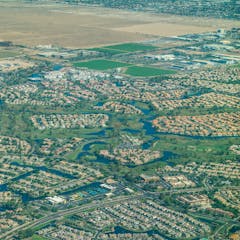
Arizona is considering a multibillion-dollar desalination project to address its urgent water needs. Three water experts call for a go-slow approach and point to Israel as a role model.

By a narrow margin, the Supreme Court has ruled against the Navajo Nation in a case over water rights in the drought-stricken US Southwest.
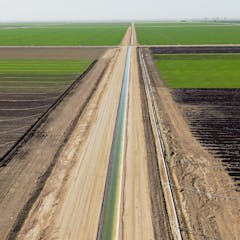
Southwest states have bought time with an agreement between California, Arizona and Nevada to cut Colorado River water use by about 14%. Now comes the hard part.
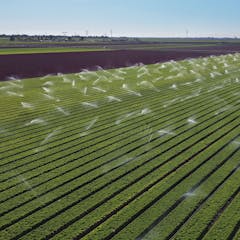
Two decades of drought have reduced the river’s flow by one-third compared to historical averages. The Biden administration is considering mandatory cuts to some states’ water allocations.

Reservoirs and streams are in good shape in California and the Great Basin, but groundwater and ecosystems are another story. And then there’s the Colorado River Basin.

Lake Powell’s existential crisis is a unique opportunity to save a treasured landscape.

A climate scientist explains the forces behind the summer’s extreme downpours and dangerous heat waves, and why new locations will be at risk in the coming year.

The world’s great rivers are see-sawing from trickles to floods.

Stemming the water crisis in the western US will require cities and rural areas to work together to make water use on farms – the largest source of demand – more efficient.

The Colorado River provides water and electricity to 40 million people in the western US, but falling water levels threaten both of those resources.

Agreements negotiated a century ago to share water on Western rivers among states are showing their age in a time of water scarcity.

A Western scholar proposes allocating water from the Colorado River based on percentages of its actual flow instead of fixed amounts that exceed what’s there – and including tribes this time.
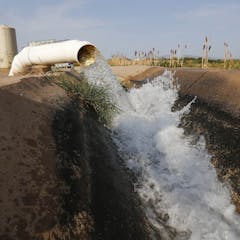
A long-expected federal drought declaration underlines how serious the Colorado River water shortage has become for Western states.

Record heat and low rainfall are drying up water sources shared by the American Southwest and northern Mexico.
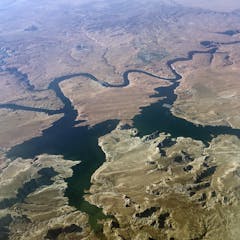
The Supreme Court recently dealt defeat to Florida in its 20-year legal battle with Georgia over river water. Other interstate water contests loom, but there are no sure winners in these lawsuits.

Western states adopted a 7-year plan in May 2019 to manage low water levels in the Colorado River. Now they need to look farther ahead and accept that there will be less water far into the future.

The Grand Canyon, which marks 100 years as a national park on Feb. 26, 2019, is known today as an iconic natural wonder. But early European visitors weren’t impressed.

Taking millions of gallons of water permanently out of the Colorado River amid a prolonged drought would surely start an interstate fight.

On Indigenous Peoples’ Day, a Native American scholar explains why water means more than just sustenance for life and how it’s the place of the divine.
